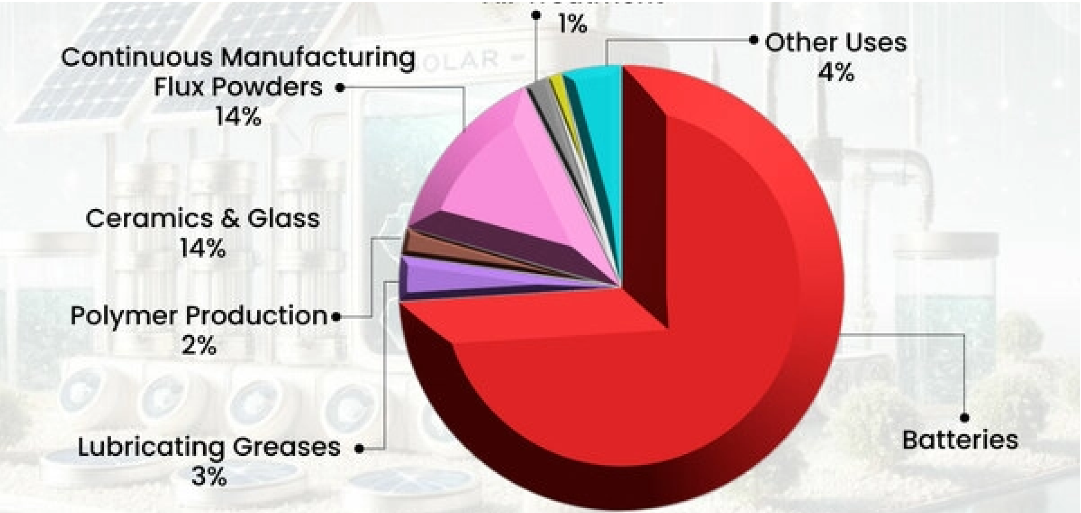Semiconductors Powering the Future: Fostering Renewable Resources Growth Amid Complexity in Supply Chains
In 2025, the global semiconductor industry is set to boom as sales are projected to increase by 15 percent, reaching nearly USD 721 billion. This growth is prominent in both the technological region and the aiding toward the clean energy shift.
With a spectacular 19.1 percent increase in 2024, the semiconductor market is predicted to grow steadily year over year. AI is expected to require "high-bandwidth memory (HBM)," which, in turn, will need more than 24 percent growth in the memory segment.
AI alongside High-Performance Computing (HPC) Recently entered phenomena such as AI technologies and the growth of machine learning and data centers are increasing the interest in high-end semiconductors. Industry leaders such as NVIDIA are already reaping the benefits with some analysts projecting robust sales increases in the next two years.
The shift to electric vehicles (EVs) and the development of self-driving cars are fuelling new demand for automotive specialty electronics. These components are essential for battery management systems, sensors, and control units in modern EVs.
The boom in the sales of semiconductors is having tremendous effects on the clean energy industry in several ways.
Solar power plants and wind farms also utilize semiconductor technology for power conversion and grid connection. These components help ensure the maximum electricity generated by renewable sources is converted and integrated into the power grids to improve system stability and performance.
Regarding renewable energy technology, clean energy harvesting, conversion, and storage cannot be done without semiconductor technology. They make solar panels and wind turbines more efficient in energy harvesting. The adoption of renewable energy worldwide calls for increased improvements in semiconductor technology for efficiency and sustainability.
Semiconductors enable accurate time monitoring and management of energy distribution, which is why developing smart grids is now possible. Incorporating intelligent semiconductor-based control systems allows energy providers to improve the use of renewable power sources, making them more efficient and reliable. This is very important to ensure reliable and responsive power grids that can cope with changing supply and demand, requiring more semiconductors.
The constant sustainability challenge looms as the industry tries to cope with growth. The rising production of semiconductors must be controlled to ensure carbon emissions and energy usage are deflated. An effort will need to be made across the entire industry consensus towards greener manufacturing endeavors and energy-saving tools. As the demand for semiconductors grows, sustainability will become increasingly important in the semiconductor industry for continued success. The semiconductor industry's strong expected growth in 2025 is changing different technology fields while helping the world move towards clean energy use.

